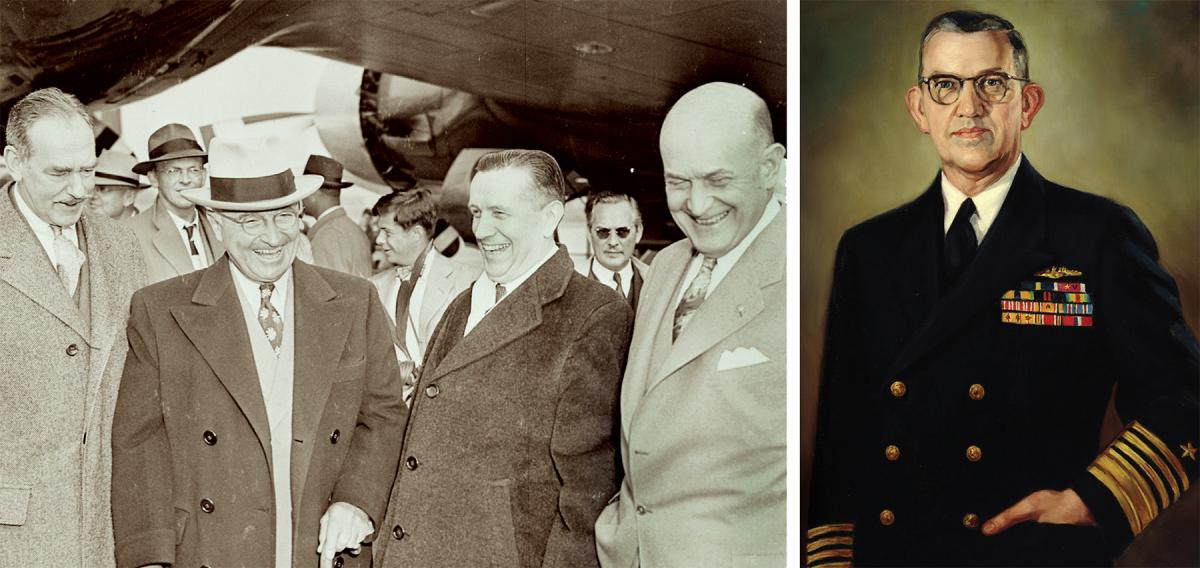- Reaction score
- 4,526
- Points
- 1,160
China has 3 carriers at sea and 2 in the slips. I think only 1 is a super carrier at this point. (Edit- but they are all strike carriers. They also have LPD and LPH with reinforced flight decks but to my knowledge do not have an F35B type of aircraft (yet))Let me start by saying I'd love to see Canada with a couple of aircraft carriers. Something like the Cavour would provide a great deal of flexibility for the CAF...a mobile airfield for F-35's, with Cyclones it could be flagship for an ASW task force, it could be used to launch amphibious or air mobile operations, be a platfom to support HADR operations, etc.
That being said, I'm not 100% convinced they would provide better "bang for the buck" over other options.
Agree in general that naval and air assets are better suited than land forces for our own national and continental defence. Also agree that unlike WWII (where most European nations were either occupied or enemies) basically ALL of Europe is on our side and our military contribution on the ground is not as militarily vital as it was then. However, our political contribution (in the form of ground forces fighting alongside our allies) is just as vital for both deterrence of Russia and unity of the NATO alliance if deterrence fails.
I think the likelihood of any Russian or Chinese surface fleet approaching either our Atlantic or Pacific coasts is exceedingly small. I doubt the Russian Navy maintains a blue water offensive capability and would much more likely be used close to home to defend their SSBN's rather than trying to break out into the Atlantic where they lose any land-based AD or fighter cover.
Similarly, the PLA(N), while large and developing blue water capabilities is highly unlikely to risk exposing itself to US Carrier Groups by pushing beyond the cover of their land-based fires.
As for the Arctic, moving a carrier into the Bering Sea/Straight, Beaufort Sea, Arctic Ocean or Barents Sea areas would put it in range of Russian land-based aircraft making it a pretty juicy target. For the cost of the carrier and 16 x F-35B's how many additional F-35A's could you get and disperse them across various Arctic airfields where they could deter as easily as carrier-based fighters but be much safer than grouped together on a single, floating platform?
I see Australia's Assault Landing Ships as being used to move troops to support/reinforce allied nations rather than conducting assault landings on enemy-held territory. If the destination nations are friendly then you could simply deploy aircraft there directly rather than deploying them on a carrier.
In my opinion the greatest maritime threat to Canada and our Allies is submarines. No enemy surface fleet is likely to risk approaching anywhere near our shores (and as I mentioned above I highly doubt the willingness/capability of the Chinese or Russians to deploy their surface fleets beyond the range of their land-based assets). However, I'm almost certain (just like WWI and WWII) that our enemies will deploy their submarines in an attempt to disrupt the flow of American troops and materiel to a conflict in Europe/South Asia. They will also very likely try to use their submarines to take out American aircraft carriers due to their massive ability to project power.
I think the most welcome course of action that Canada could take would be to seriously increase our ASW capability. The CSC's, P-8's and promised submarines are a good start. ASW capable replacements for the Kingston-Class would be a major help as would a large network of uncrewed sensor systems.
Two carriers gobble up a significant portion of our remaining surface fleet to support and protect them which means less ASW assets to protect our maritime domain and to protect our allies. Better to spend that money on more ASW assets that can be more widely deployed and provide greater overall defence in my opinion.
In the event of China vs US/Western war I think it’s fair to expect that both sides will clobber the crap out of each others carriers in the SCS region as fast as possible, certainly they’ll try to take out Japan’s 2 (+2) carriers, whatever Korea, Australia have + whatever the US has in theatre. The PLAN will, of course, lose all of theirs but the world will still be short of carriers.
It could be a
I remember reading a while back that China has the capability to let loose more than 4000 anti ship cruise missiles in the first few days of a conflict by sea, submarine, air and land.
The JMSDF Izumo Class F35B conversion is notable in design because it’s a carrier but not a strike carrier like Cavour, the QE class, and every US carrier and also not an assault ship like the Canberra. The concept of operations is apparently sea lines of control.
Mind you, Japan already has a very powerful navy anyway.




